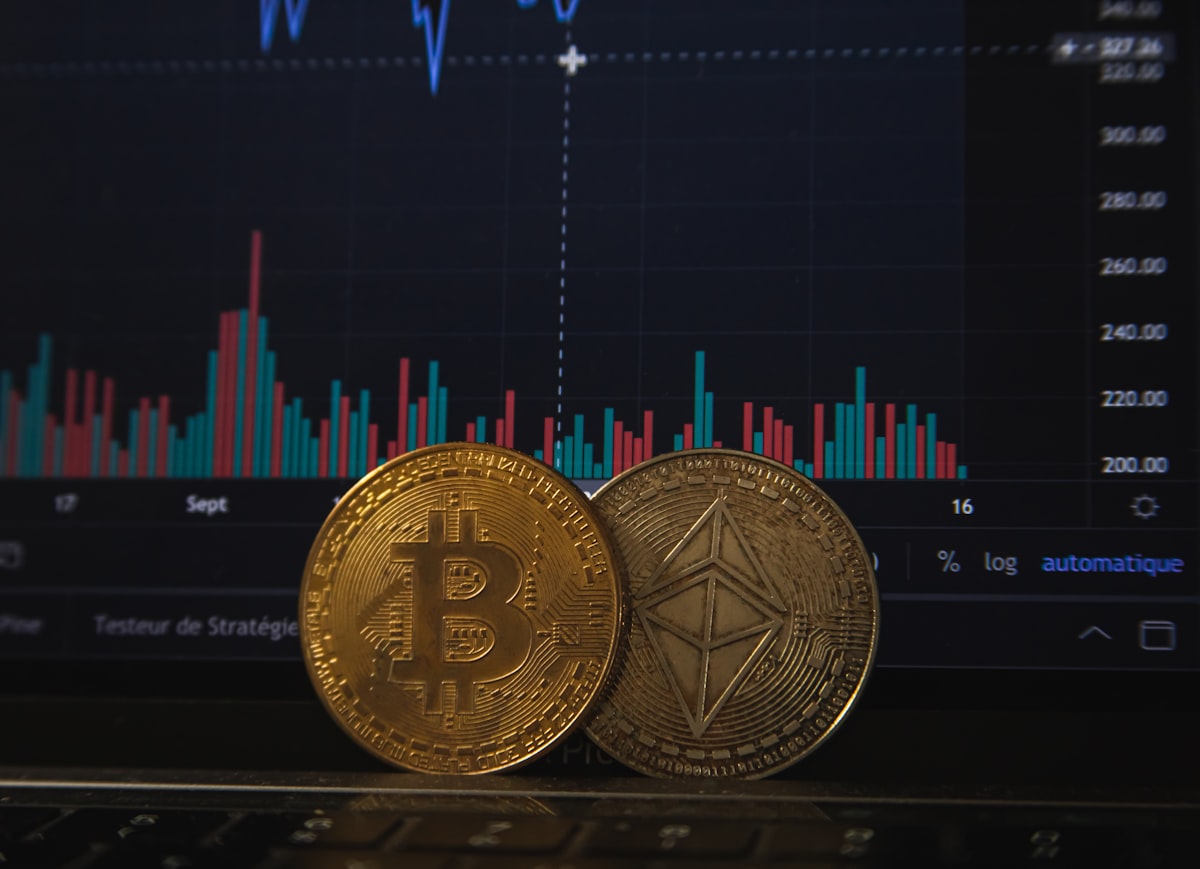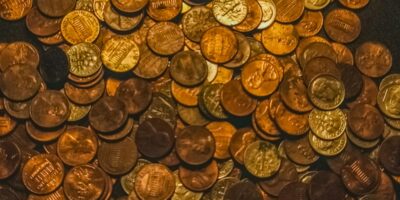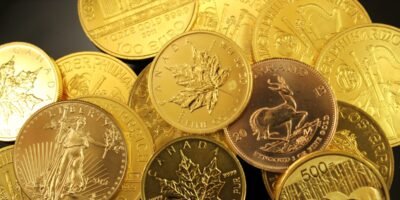The 1940 Wheat Penny Value: An Insightful Analysis
The 1940 wheat penny, part of the Lincoln cent series, has caught the interest of collectors for decades. This penny was minted during an era when America was recovering from the Great Depression and on the brink of participating in World War II. Its history adds depth to its value beyond mere metal and design.
Wheat Penny Basics

Introduced in 1909, the wheat penny replaced the Indian Head cent. It featured a new design with the portrait of Abraham Lincoln on the obverse side. This change marked the centennial of Lincoln’s birth. The coin’s reverse features two stalks of wheat, earning it the nickname wheat penny. Designed by Victor David Brenner, the penny continued production until 1958 before the Lincoln Memorial reverse replaced the wheat design.
Mintage and Production
In 1940, over 840 million wheat pennies were produced across three mints: Philadelphia, Denver, and San Francisco. Each mint employed copper alloy, primarily consisting of copper with minor amounts of zinc and tin. These factors affected both their abundance and their enduring state today.
- Philadelphia minted 586,810,000 coins.
- Denver minted 81,390,000 coins.
- San Francisco minted 112,940,000 coins.
The mintmark of each penny helps determine origin. You’ll find the D for Denver and S for San Francisco below the date on the obverse. If there is no mintmark present, the penny was produced in Philadelphia.
Factors Affecting Value
The value of a 1940 wheat penny depends on several factors. Key considerations include mintmark, condition, rarity, and demand within the numismatic community. These attributes influence the penny’s market price and collectible interest.
Mintmark
Mintmarks are pivotal in identifying a coin’s production origin. The 1940-D and 1940-S versions are less common than those produced in Philadelphia. Consequently, they may fetch higher prices due to lower mintage numbers compared to their Philadelphia counterparts.
Condition
Condition, or the grade of the coin, significantly impacts its value. Grading involves assessing the extent of wear and other surface marks. Wheat pennies are graded on a scale that ranges from Poor-1 to Mint State-70. Coins in higher grades are more valuable. Key grades include:
- Good (G4): Extensive wear, but designs and lettering remain visible.
- Very Fine (VF20): Moderate wear with clear design details.
- Extremely Fine (EF40): Minor wear, significant sharp detail.
- Uncirculated (MS60-MS70): No signs of circulation, with the highest grades showing pristine surfaces and original luster.
The transition from circulated to uncirculated coins can lead to a substantial increase in value. Collectors often seek coins with natural toning and near-perfect surfaces.
Rarity and Demand
While the 1940 wheat penny itself isn’t considered rare, certain versions or error coins might be. Errors such as doubled dies or off-center strikes can significantly increase a coin’s collectibility. Collectors relish such unique attributes, often driving up the market price. As with any collectible, demand among collectors can fluctuate, affecting prices correspondingly.
Market Value
The average market price for a well-circulated 1940 wheat penny ranges from 5 to 10 cents. Even though this is above face value, it’s relatively modest within the realm of collectible coins. However, prices escalate for coins in superior condition or with rarer mintmarks. For instance, an uncirculated 1940-S penny can range from $1 to $10 or more, depending on its grade.
Special Editions and Errors
Error coins, while not officially released as special editions, can fetch much higher prices. High-profile examples include the doubled die, a result of misalignment during striking. This error leads to elements of the design appearing doubled. Such peculiarities spark heightened interest and demand.
Another point of intrigue is the 1940 proof set. Although proof sets weren’t commonly circulated, they were specially produced for collectors, featuring sharper images and thorough detail. Proof coins command higher values due to their limited numbers and superior craftsmanship.
Investing in 1940 Wheat Pennies
While many consider the 1940 wheat penny a low-value collectible, it offers educational value for novice collectors. Tracking down different mintmarks or graded copies can introduce new collectors to the world of numismatics. For seasoned collectors, 1940 pennies provide a piece of history nestled within broader collections.
Nickel-clad coins hold other intrinsic value aspects like their copper content. However, tangible relics like the wheat penny turn abstract history into something tangible. As a result, their worth often surpasses monetary value. Through the 1940 wheat penny, collectors tap into the past.
Recommended Collecting Supplies
Coin Collection Book Holder Album – $9.99
312 pockets for coins of all sizes.
20x Magnifier Jewelry Loupe – $13.99
Essential tool for examining coins and stamps.
As an Amazon Associate, we earn from qualifying purchases.




Subscribe for Updates
Get the latest articles delivered to your inbox.
We respect your privacy. Unsubscribe anytime.